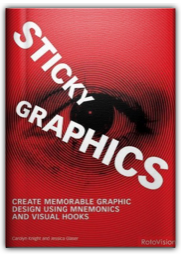
Memories do not necessarily have any association with good or bad design, but simply with devices that stay in the mind's eye. Good design is often memorable, but not always mnemonically, in that it cannot be described, or recreated with any assured accuracy. Viewers may have a recollection of its pleasing nature, but have little recall as to precisely why this is. If "red top" newspaper mastheads, the McDonalds golden arches, the Nike logo or the Heinz baked beans label are considered typical of successful mnemonic devices, it is interesting to debate their aesthetic merits. Sticky Graphics evaluates the audience's role in responding to mnemonic devices by discussing the impact of such influences as experience, familiarity and uniqueness. For example, designs that feature a viewer's favorite color, shape, or significant topic are likely to trigger a more positive and productive memory. Defined as the art of assisting memory, mnemonics play an essential and often unsung role in successful graphics. Sticky Graphics concentrates on the mnemonics of graphic design, and focuses on design memory devices. Presenting methods and solutions for ensuring audience retention and recollection though and examination of Typography, Graphic Wit and Shock, Metaphor Language, Use of Scale, Color Image, Materials, and Composition as well as insight into smell, sound, and touch. 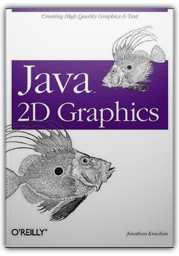
Java 2D Graphicsis a remarkably accessible guide to graphics programming using Sun's new Java 2D API. Besides the basic navigation of the API, this title delivers plenty of useful advanced material for extending Java 2D's capabilities. |

This book provides an overview of leading-edge developments in the field of human-computer interaction. It includes contributions from many of the key areas that are influencing our use of computers. Highlights include sections on speech technology, on interaction with mobile and hand-held computers, on e-business, on web-based systems, on virtual reality and haptic interfaces. Furthermore the book includes chapters on E-Business, data mining and databases, mobile systems, speech, viewing the web, next generation office systems, novel ineteraction, accessibility, interruptions and coordination, design patterns, healthcare informatics, haptics, design techniques, remote interaction and evaluation, search, programming environments, 3D and virtual environments, social psychology and contextual design, learning, evaluation tools and communities and language. Today one of the most written and spoken impacts of computing and IT is communication and the easy accessibility for information. Geography is no longer a constraint. With these advances in first and second world nations, and slower introduction to the third world, an enlarging proportion of the world population is encountering computer based systems. This brings a changing basis of approach, as issues such as cultural, political and economic differences must be accommodated in ways that have not existed before. HCI researchers and practitioners have a responsibility to propose scientifically, socially and environmentally sustainable solutions that will help ease the burden that current new technologies impose on people and organisations. The goal must be to achieve benefit from technological advances, for it should match the skills, needs and expectations of the users of such technologies. 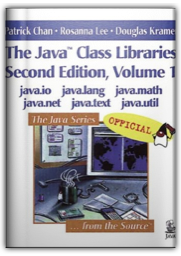
As noted by coauthor Patrick Chan in his interview with Amazon.com, programmers spend much of their time writing little programs that do nothing but explain to them the behavior of certain aspects of a language. Java programmers, working as they do with a relatively new, evolving language, spend more time than most writing experimental programs that help them figure out particular classes. 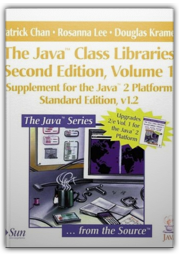
Just as the Java 2 specification expands upon the solid foundation created by earlier versions of the Java language, The Java Class Libraries: Supplement for the Java 2 Platformbuilds on the base established by the highly respected The Java Class Libraries, Second Edition, Volume 1. This supplement covers all that's new and changed in the java.io, java.lang, java.lang.reflect, java.math, java.net, java.text, java.util, and java.util.zip packages, as well as the new java.util.jar and java.lang.ref packages in their entirety. Since this supplement covers only the new and modified material, you'll need to keep the older volume (whose contents are indexed in the Supplement for the Java 2 Platform, by the way) on hand. 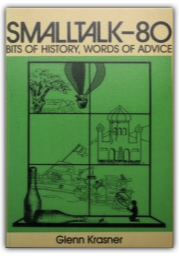
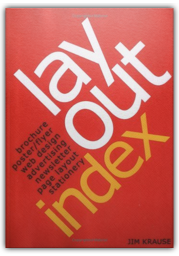
Idea Index kick-started a revolution in graphic design books, unique in size, feel—and most important—wealth of ideas. Layout Index is the next step, a compendium of layout idea-generators that will help designers explore multiple possibilities for visual treatments each time they turn the page. The visual and textual suggestions are divided into eight major areas, including newsletters, flyers, posters, brochures, advertising, stationery, page layout, and Web pages. |

My Library
Collection Total:
1165 Items
1165 Items
Last Updated:
Sep 9, 2009
Sep 9, 2009
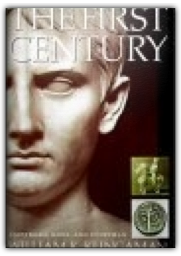

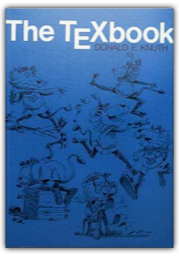
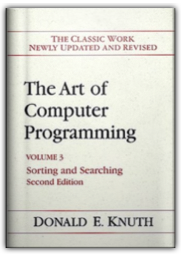


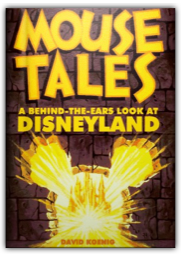
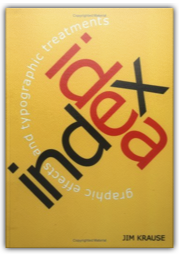
 Made with Delicious Library
Made with Delicious Library